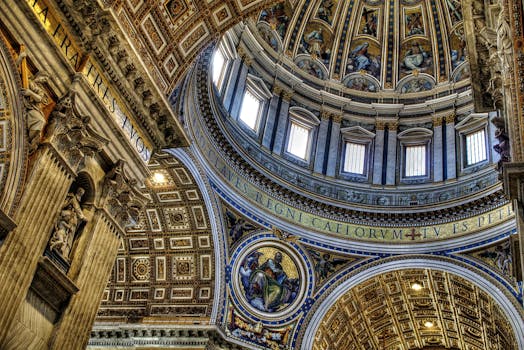
Traveling Through Time: How Europe’s Historical Heritage Shapes Modern Lifestyles in 2025
Traveling Through Time: How Europe’s Historical Heritage Shapes Modern Lifestyles in 2025. Europe, a continent steeped in history and tradition, has a unique ability to blend its past with the present. From the ancient ruins of Greece and Rome to the modern cities of London and Paris, Europe’s historical heritage continues to shape modern lifestyles in profound ways. In this article, we’ll explore how Europe’s rich history influences contemporary culture, architecture, and daily life.
A Brief History of Europe
Europe’s history spans thousands of years, with various empires and civilizations rising and falling over time. From the Roman Empire to the Renaissance, Europe has been a hub of cultural, artistic, and scientific innovation. The continent’s complex history has left an indelible mark on its modern landscape, with many historical sites and landmarks still standing today. The Acropolis in Athens, the Colosseum in Rome, and the Eiffel Tower in Paris are just a few examples of Europe’s iconic historical monuments.
How Historical Heritage Shapes Modern Lifestyles
So, how does Europe’s historical heritage shape modern lifestyles? One way is through architecture. Many European cities have preserved their historical buildings and incorporated them into modern urban planning. For example, the ancient city of Rome has been carefully restored and integrated into the modern city, with many historical landmarks still in use today. Similarly, the city of Paris has preserved its historic neighborhoods, such as Montmartre and Le Marais, which continue to attract tourists and locals alike.
Another way historical heritage shapes modern lifestyles is through art and culture. Europe is home to some of the world’s most famous museums, galleries, and festivals, which celebrate the continent’s rich cultural heritage. The Louvre in Paris, the Uffizi Gallery in Florence, and the Tate Modern in London are just a few examples of Europe’s world-class cultural institutions. These institutions not only showcase Europe’s historical art and artifacts but also provide a platform for modern artists and creatives to express themselves.
Modern Lifestyles in Europe
So, what do modern lifestyles in Europe look like in 2025? With the rise of technology and social media, many Europeans are embracing a more digital and connected way of life. However, despite these modern advancements, Europe’s historical heritage continues to play a significant role in shaping daily life. For example, many Europeans still prioritize traditional values such as family, community, and cultural heritage. In fact, a recent survey found that over 70% of Europeans believe that their cultural heritage is an important part of their identity.
In addition to preserving historical landmarks and cultural traditions, many European cities are also incorporating sustainable and eco-friendly practices into modern lifestyles. For example, the city of Copenhagen has implemented a range of green initiatives, including bike-friendly infrastructure and renewable energy sources. Similarly, the city of Berlin has launched a number of sustainable fashion initiatives, promoting eco-friendly fashion and reducing waste in the fashion industry.
Conclusion
In conclusion, Europe’s historical heritage continues to shape modern lifestyles in profound ways. From architecture to art and culture, the continent’s rich history has left an indelible mark on contemporary culture. As we look to the future, it’s clear that Europe’s historical heritage will remain an important part of modern lifestyles, influencing everything from urban planning to sustainable practices. Whether you’re a history buff, a culture vulture, or simply a curious traveler, Europe has something to offer everyone.






